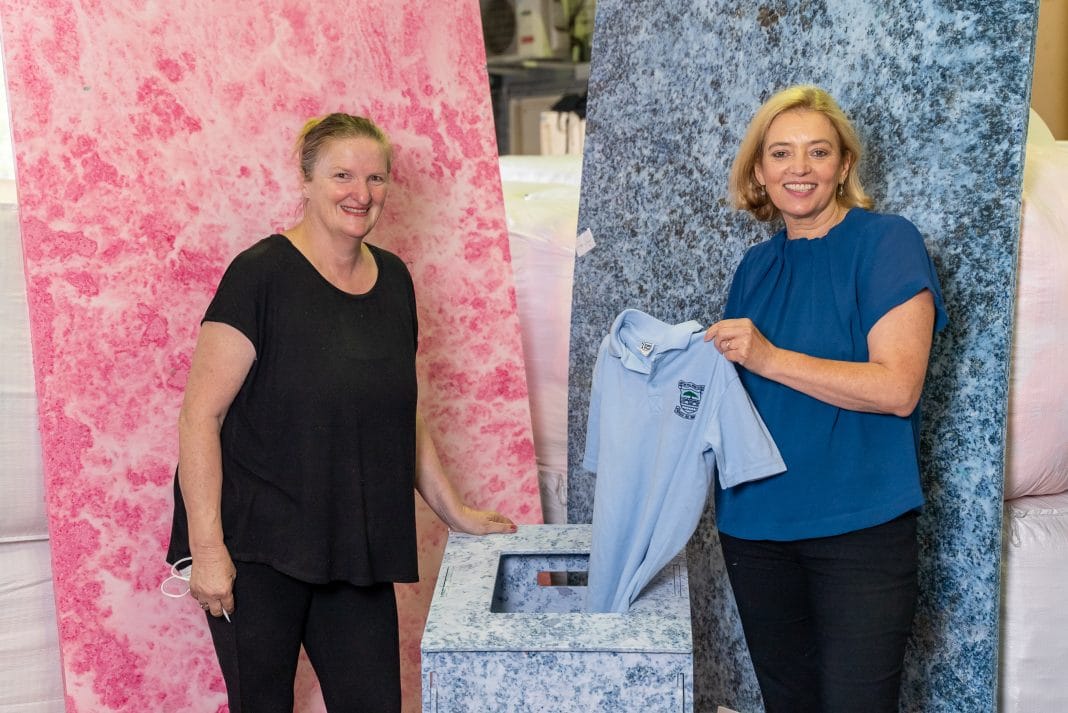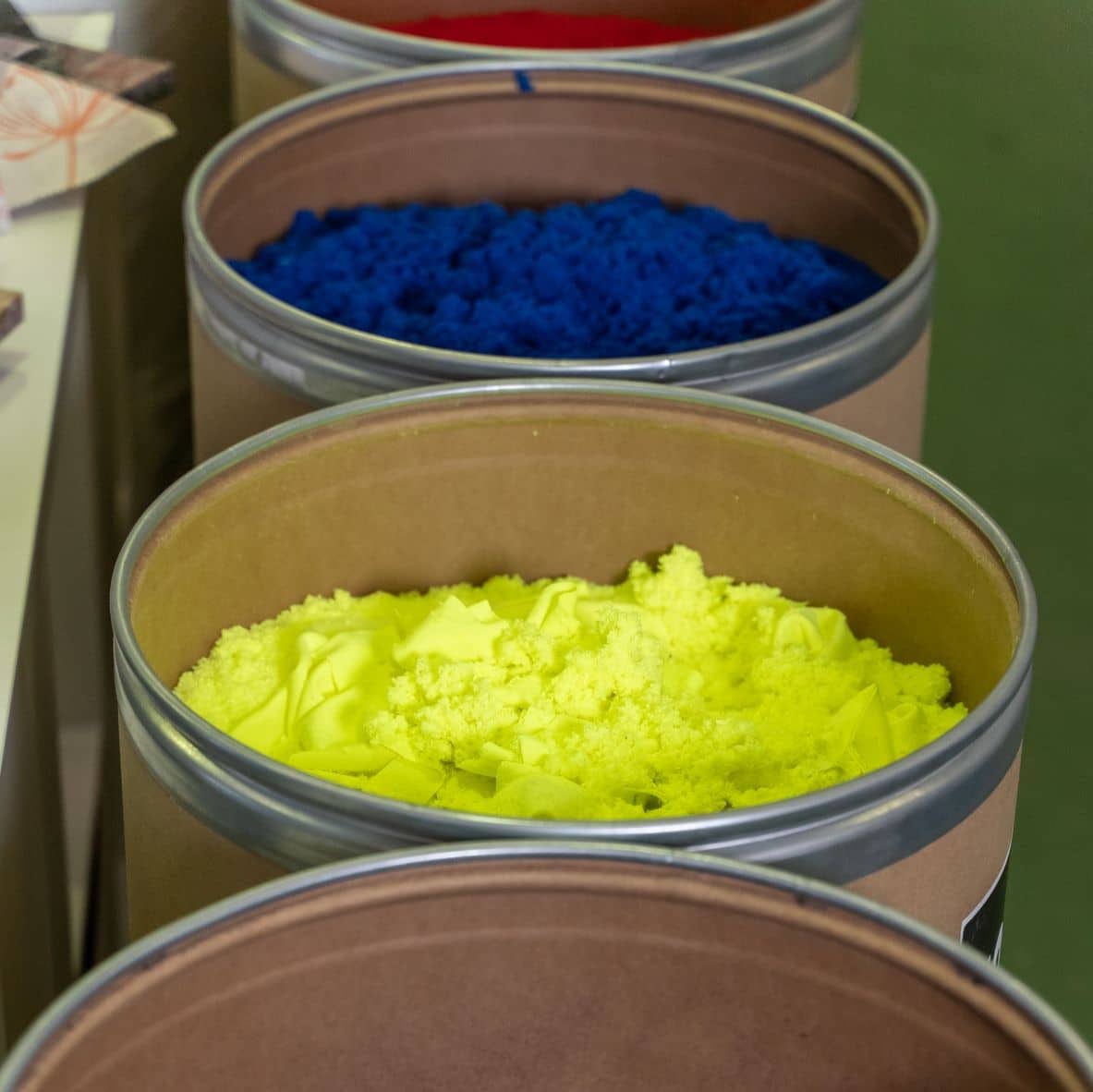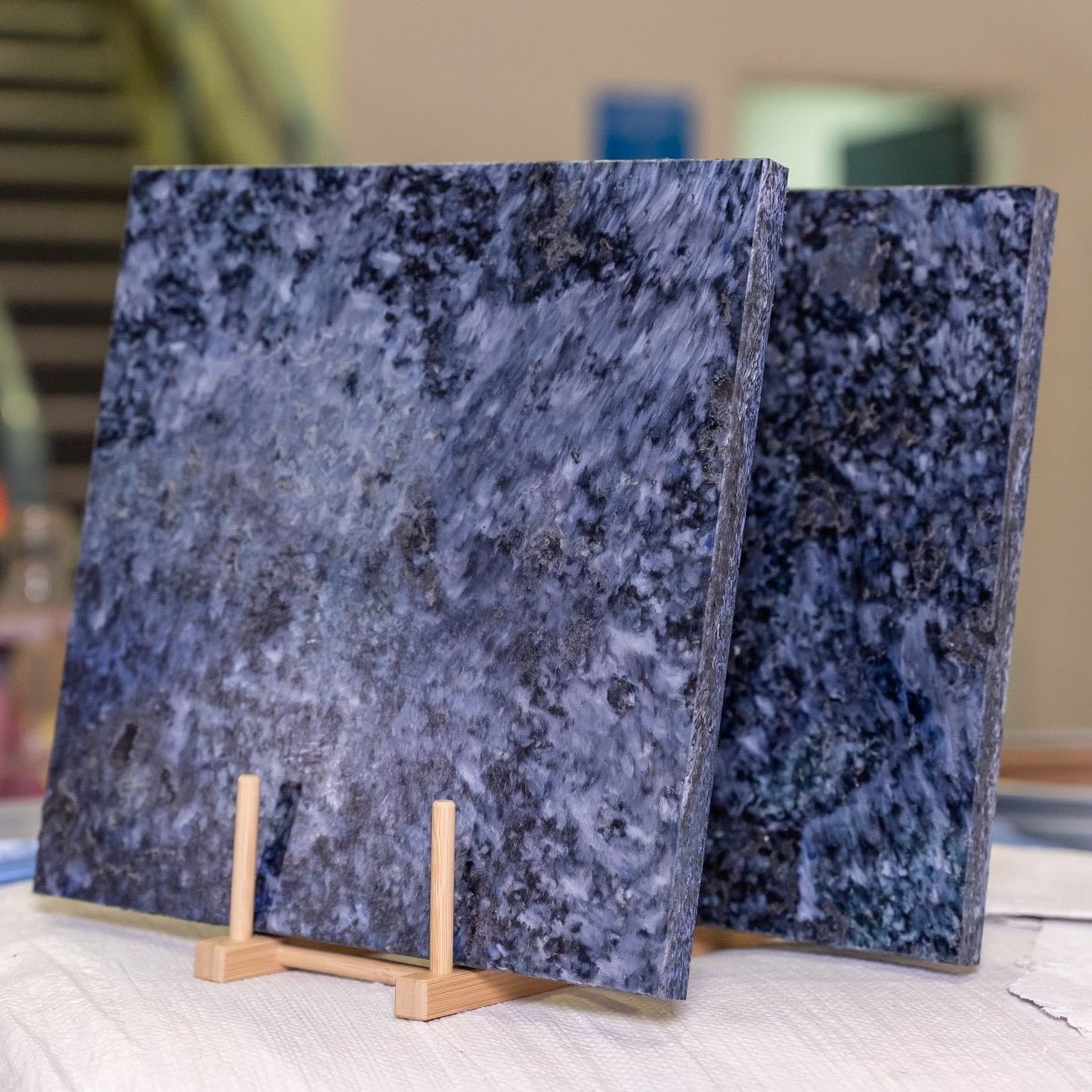We all know about the cycle of life, but what about the cycle of your children’s school uniforms?
Sydney-based Worn Up Textile Rescue Program would love to take your children’s old school uniforms off your hands and give them a brand-new life, all in the name of sustainability.
Founder of Worn Up, Anne Thompson, said between 100 and 200 kilograms of non-wearable uniforms are discarded each year from every school in Australia, which has a significant impact on landfills and the environment.
The idea for the innovative business was sparked by Ms Thomspon’s own curiosity – she wanted to know what eventually happened to the uniforms her business was manufacturing.
“Three years ago, I asked where the school uniforms we were manufacturing went at the end of their life, and I wasn’t happy with the answer I discovered. So, I asked my local schools to participate in Worn Up’s pilot and they were so enthusiastic about it, as were my local council,” Ms Thomspon said.
“From the 69 schools within the 13 or 14 councils that work with us, we’ve collected over 55 tonnes of uniforms, both corporate and schools, and we’ve turned it into FABtech.”
Naturally, your next question might be: ‘what is FABtech’?
FABtech is made from the fibres gathered from uniforms and discarded plastic that have been diverted from landfill.
The raw fibres blend with the plastic to make a hard material used to build desks, benchtops, tables, stools … basically any hard composite furniture.
“We’re so happy, it’s fantastic! Our biggest hurdle now is just getting enough funding to buy the equipment we need to keep it all going,” Ms Thompson said.
“Now that we’ve proven it can be done, we want to get some help to receive government funding to be able to manufacture more.”
Worn Up is a paid service, in order to discourage dumping, and Ms Thompson said most private schools pay for themselves, while for other schools it simply requires a gold coin donation from students.
Although Ms Thompson is delighted to be diverting significant amounts of textiles from landfill, she said the biggest concern is overproduction.
“Circularity is a fantastic solution to part of the problem, but we need to grapple with the overproduction, and the textiles that come into our country and are discarded after one or two years,” she said.
To reach the NSW Government’s goal of creating a circular economy and net zero emissions from organics by 2030, Ms Thompson said something needs to be done from the beginning – not just after the fact.
“A minimum of 800,000 tonnes of textiles come into the country each year and we have to start to look at the quality of the textile and manage it at the end of its life,” she said.
“It’s easy for the big manufacturers to design their fashion with the right fibres, and then it’s so much easier at the end of its life.”
The NSW Environment Protection Authority (EPA) are currently supporting the Worn Up Textile Rescue Program, and have recently given the program a $100,000 grant from their Circulate program to help increase outreach to rural schools and big businesses.
EPA Organics Manager, Amanda Kane, said the Work Up program is a sustainable solution to the more than 300,000 tonnes of textiles that are discarded in NSW every year, and to the almost 240,000 tonnes that are dumped annually into landfill.
“Worn Up are helping divert reusable textiles from landfill, while creating jobs in the circular economy, and reducing emissions. Polyester and organic textiles are wasted in landfill and create greenhouse gas emissions, and on average, each Australian discards at least 23 kilograms of textiles a year,” Ms Kane said.
“Research shows just 28 per cent of textiles are being recycled and re-used which is not sustainable, and it’s definitely not in fashion.”
To find out how schools can participate in the Worn Up Textile Rescue Program, go to wornup.com
Get all the latest Canberra news, sport, entertainment, lifestyle, competitions and more delivered straight to your inbox with the Canberra Daily Daily Newsletter. Sign up here.





